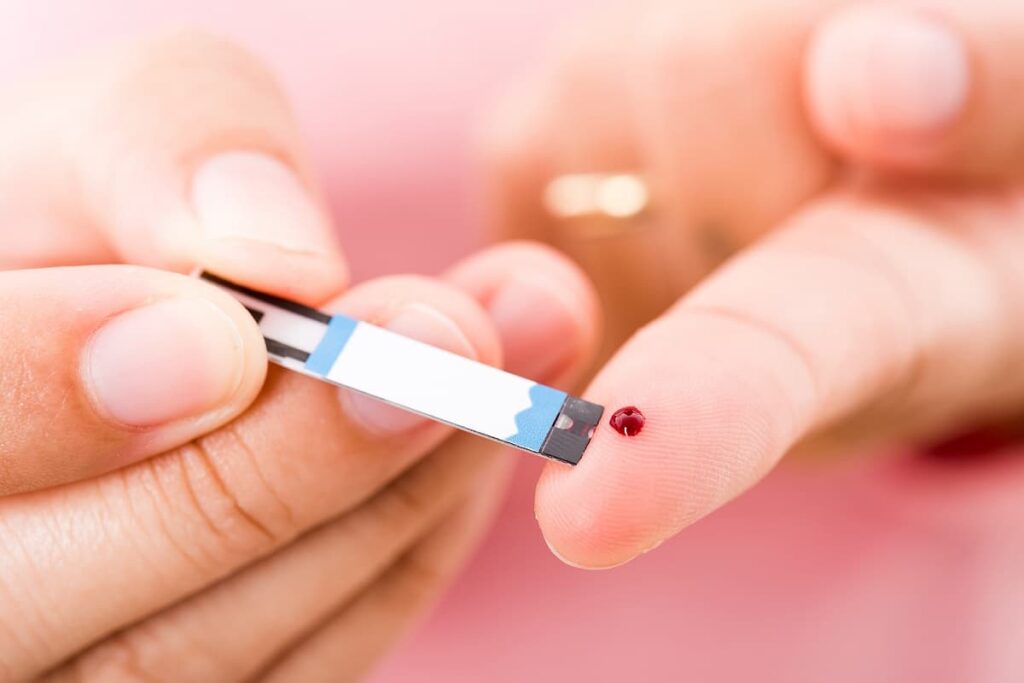Intarcia Therapeutics Revolutionizes Diabetes Treatment
Table of contents
Table of contents

The biotech industry has been kind to investors over the past year with the SPDR S&P Biotech ETF (XBI) up over +75% in the past year compared to an +8.7% increase over the same time frame for the S&P 500. Biotech IPOs have been even hotter with 2014 setting an all-time record both in the number of biotech IPOs and in the amount of money raised:

We’re interested in identifying all promising biotech startups that may look to IPO before this window of opportunity slams shut, companies such as Proteus with their digital medicine offering or Theranos with their “cheap and widely available blood test” offering. While the most highly valued “unicorn” at the moment is Theranos with a $9 billion valuation, the second most highly valued biotech startup is Intarcia Therapeutics valued at $5.5 billion. Let’s take a closer look at Intarcia Therapeutics.
About Intarcia
Founded in 1997, Intarcia has taken in a whopping $759 million in funding so far from 12 different firms with the latest funding round of $225 million closing in April of this year. The last funding round also included a “re-opener” in May due to continued demand from investors to extend the amount to a total of $300 million. Intarcia develops therapies for diseases that require long-term chronic treatment such as Type 2 diabetes. The Intarcia DUROS drug delivery platform stabilizes and delivers therapeutic proteins and peptides. Their lead drug candidate, ITCA 650, is a treatment for Type 2 diabetes that is currently in Phase 3 clinical trials.
ITCA 650
Diabetes is one of the leading causes of death in the world, affecting 382 million individuals across the globe. Diabetes is a life-long disease with most people having “Type 2 Diabetes” which affects 27 million people in the U.S. alone. The problem is also a growing one with the number of patients with diabetes expected to increase by 55% by 2035. The disease affects the way your body handles blood sugar. Typically, your body uses insulin to absorb sugar in the bloodstream, however for diabetics, their bodies do not produce enough insulin. In order to treat the condition, they need to administer daily injections of insulin or various other drugs that increase insulin production. It’s pretty easy to see how the need to give yourself daily injections can be a serious inconvenience to the many people who suffer from this disease. This is where Intarcia can offer a very promising alternative:
The above device is a ‘game-changing’ drug delivery technology. This tiny titanium device is inserted sub-dermally so exenatide can be continuously and consistently released for up to a year. Exenatide is a commonly used Type 2 diabetes drug which increases the body’s production of insulin. Currently, exenatide needs to be injected twice daily or once weekly. With the ITCA 650, it can be injected under the skin in about 5 minutes during a visit to the doctor’s office and provide a regular timely delivery of exenatide for up to 12 months.
Conclusion
One Phase 3 trial for ITCA 650, a 450 person 9-month study, is currently being conducted in 34 different countries to compare standard of care treatment to standard of care plus ITCA 650. Two Phase 3 trials have been completed successfully, and results from the 3rd should be announced in Sep/Oct 2015. Upon conclusion of this trial, if the results show the drug delivery mechanism to be effective, it would be a logical next move for Intarcia to IPO and raise the capital needed to quickly capture market share for their novel Type 2 diabetes treatment.
Sign up to our newsletter to get more of our great research delivered straight to your inbox!
Nanalyze Weekly includes useful insights written by our team of underpaid MBAs, research on new disruptive technology stocks flying under the radar, and summaries of our recent research. Always 100% free.

















Some clarification: 1) ITCA 650 does not “inject” exenatide under the skin, but instead places a tiny titanium device sub-dermally so exenatide can be continuously and consistently released for up to a year before needing to be replaced. This is designed to eliminate the problem of non-adherence with drug therapy, which is a major contributor to widespread poor glycemic control in type 2 diabetes. 2) The lastest round of funding was originally $225 million in April, but a “re-opener” due to continued demand from investors in May extended the amount to a total of $300 million. 3) Two Phase 3 trials are completed successfully, and results from the 3rd should be announced in Sep/Oct 2015.
Thank you very much for the clarifications Greg. We have confirmed the facts you presented and made all those changes within the article.